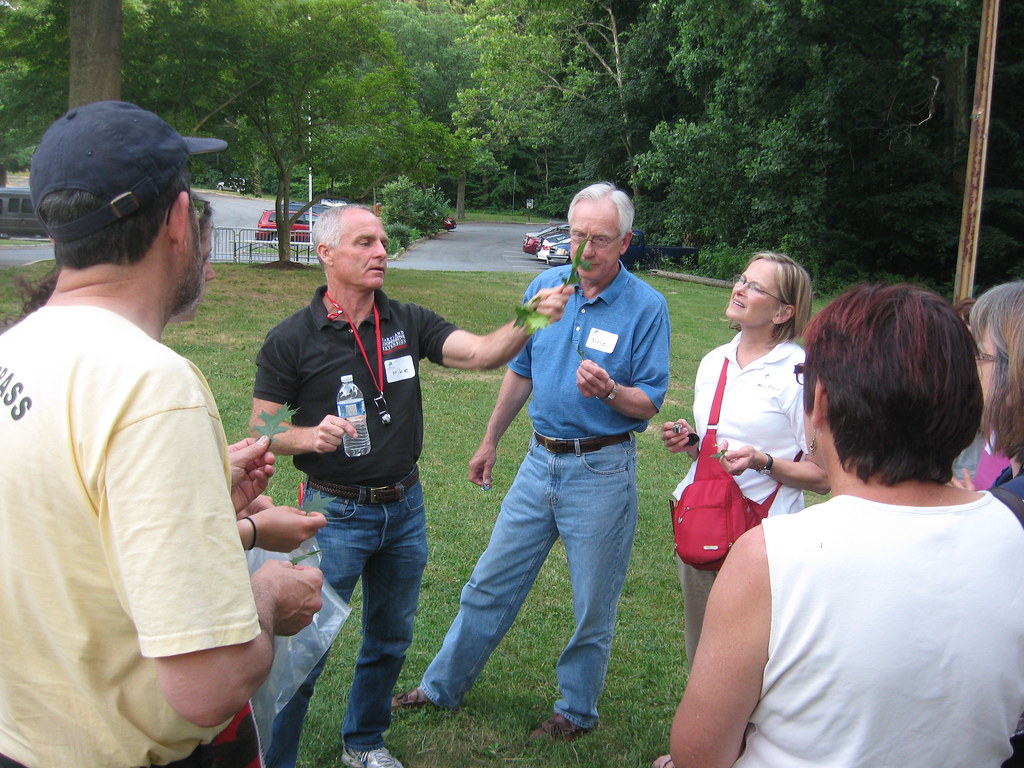This past Wednesday night, Dr. Michael J. Raupp, Professor of Entomology and Extension Specialist at the University of Maryland, College Rark presented a class at the Fort Dupont Activity Center in Ward 8 titled "CSI for Bugs." The focus: how to spot these pests that love to chow down on the plants you work so hard to care for and what actions you can take.
A group of 12 - along with a number of Casey Trees' staff - came prepared for this serious lesson in bug identification, learning how to I.D. and determine what measures to take if your plant or tree has fallen prey to a bug.
Professor Raupp presented the 'symptomatology' method of diagnosis. Rather than focusing on who is responsible for the damage, focus on what type of damage is present. It can be difficult to properly identify insects, but a plant's symptoms are usually very clear. Oftentimes no further action needs to be taken, as the delicate balance of nature and the interactions of other insects will be enough to preserve the plant's health. However, in the case that symptoms are present on 50% or more of your tree or plant, intervention may become necessary.
 |
| Evidence abounds - a critter's presence hath been found. |
Later in the evening, Raupp led the group in a field activity so those in attendance could put their newly acquired bug identification skills to work. The group examined five tree species, including pin oak, mulberry, willow, poplar and tulip tree - each having some visible sign of insect damage. After the lesson, these amateur entomologists walked away with a good introduction to insect plant and tree damage.
 |
| Professor Raupp takes the class outside for an identification session. |

1 comment:
If you really want to know more about these insects and how they actually choose their place to stay, make sure you go to these guys. They can really help you in a lot of ways.
wildlife removal
Post a Comment